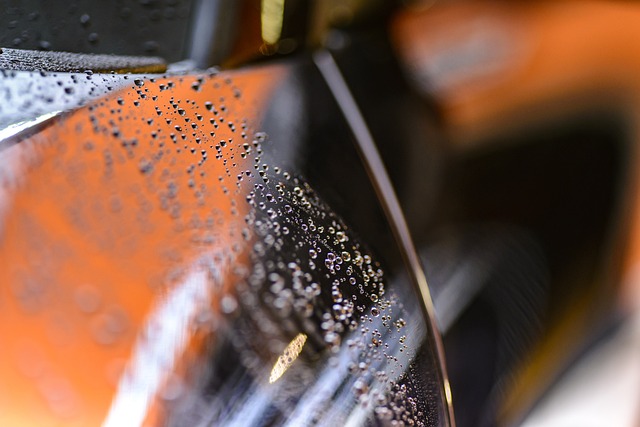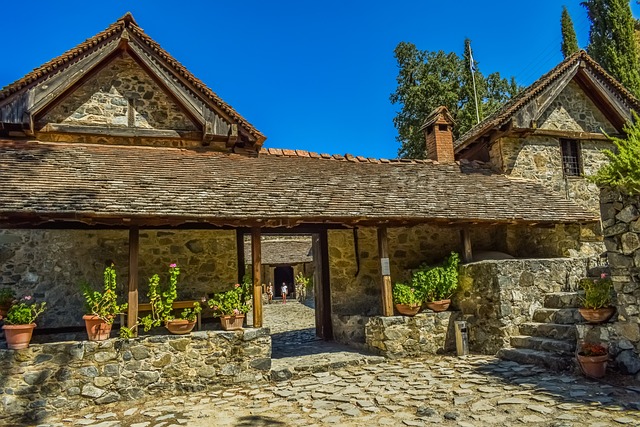Pressure and power washing are specialized cleaning methods that both employ high-pressure water jets to remove surface contaminants. Pressure washing operates at PSI levels from 1,500 to 30,000, using cold water up to 180 degrees Fahrenheit, and is suitable for a range of light to moderate cleaning tasks on residential and commercial properties. Power washing, which can also use heated water for enhanced effectiveness, is ideal for heavy soiling, with PSI levels ranging from 2,000 to 3,000, making it particularly effective for commercial properties or areas requiring deeper cleaning. Both methods require professional handling to avoid surface damage and should only be performed by skilled operators who can adjust the pressure and temperature settings appropriately. It's crucial to choose a service provider with expertise in these techniques, quality equipment, and a commitment to safety to ensure your property is cleaned thoroughly without risk of harm. Expert pressure washing services not only improve the appearance of driveways, decks, siding, and walkways but also help protect against environmental wear and tear. The choice between pressure and power washing depends on the level of dirt and grime present; both are effective but serve different purposes. Opting for professional cleaning ensures that your property receives a meticulous clean while maintaining its integrity.
Explore the transformative power of pressure washing with our comprehensive guide, where we dissect the nuances between residential and commercial pressure washing services, delve into the mechanics of pressure washers, and highlight their myriad applications across various settings. Understand the key differences in service offerings and equipment requirements for both sectors. Discover the benefits of enlisting professional pressure washing services to revitalize your property’s exterior, enhance its curb appeal, and ensure a safe, well-maintained environment. From selecting the right provider to maintaining pristine conditions post-cleaning, our article covers all aspects of this essential service. Dive into the world of pressure and power washing to learn how these services can positively impact your home or business.
- Understanding Pressure and Power Washing: A Comprehensive Guide
- – The Basics of Pressure Washing vs. Power Washing
Understanding Pressure and Power Washing: A Comprehensive Guide

Pressure washing and power washing are terms often used interchangeably, yet they denote different cleaning processes. Pressure washing involves the use of high-pressure water to clean surfaces, removing dirt, grime, and other contaminants. The key component in pressure washing is the pressure, which can range from 1,200 to 4,000 pounds per square inch (PSI). This forceful application of water, often at temperatures up to 180 degrees Fahrenheit, is ideal for various applications, including outdoor surfaces like decks, patios, and driveways, as well as more delicate items such as cars and windows. On the other hand, power washing combines high-pressure water with hot water to enhance cleaning efficiency. This method typically operates at a higher PSI than pressure washing, often between 2,000 to 3,000 PSI, and can be more effective for removing tough stains and buildup on commercial properties or heavily soiled areas. Both techniques require expertise to avoid damaging surfaces; thus, it’s crucial to hire professionals who understand the intricacies of water pressure, temperature, and chemical application to achieve optimal results without causing unnecessary harm to your property. When selecting a pressure or power washing service, consider their experience, equipment quality, and adherence to safety standards to ensure your property receives top-notch care.

Pressure washing, also known as power washing, is an effective solution for a variety of cleaning tasks around residential and commercial properties. It utilizes high-pressure water and, in some cases, cleaning agents to remove grime, dirt, mold, and mildew from exterior surfaces such as driveways, decks, siding, and concrete walkways. This process not only enhances the appearance of these areas but also extends their lifespan by preventing damage that can be caused by environmental factors. Professional pressure washing services ensure that the job is done with precision and care, using the right amount of pressure to clean effectively without causing harm to surfaces. They have the expertise and equipment necessary to tackle even the toughest stains and build-ups, ensuring your property is left spotless and looking its best.
When seeking a pressure washing provider, it’s crucial to consider their experience, range of services, and the quality of their equipment. A reputable service will use state-of-the-art pressure washing machines that can adjust the water pressure according to the material being cleaned, thereby avoiding any potential damage. Additionally, these professionals bring with them a depth of knowledge on the most effective cleaning solutions and techniques, which can vary depending on the surface type and the level of grime accumulation. By entrusting your property to experienced pressure washing service providers, you can rest assured that your surfaces will be cleaned thoroughly, safely, and efficiently, returning them to their original glory with a finish that is both clean and protective.
– The Basics of Pressure Washing vs. Power Washing

Pressure washing and power washing are terms often used interchangeably; however, they refer to distinctly different cleaning processes. At the heart of pressure washing is the use of high-pressure water to clean a variety of surfaces, from driveways to building facades. The key component here is the pressure, or water force, which can range from 1,500 to 30,000 pounds per square inch (PSI). This high-pressure water is capable of removing tough dirt, grime, and even paint from surfaces. Pressure washing equipment typically includes a pressure washer wand and various nozzles that allow the operator to adjust the spray pattern and intensity, making it versatile for different cleaning tasks.
Power washing, on the other hand, involves a higher volume of water combined with higher heat. This process is more aggressive than pressure washing and is often used for heavier-duty cleaning jobs, such as industrial equipment or heavily soiled structures. The addition of heat to the water (typically between 180 to 200 degrees Fahrenheit) enhances the cleaning power by loosening stubborn contaminants that cold water alone might not dislodge. Both pressure and power washing services require skilled operators who understand the delicate balance between pressure, temperature, and surface material to avoid damage while achieving optimal cleanliness results. Whether you’re in need of residential or commercial cleaning services, professional providers can tailor their approach to suit your specific requirements, ensuring that your surfaces are not only cleaned but also preserved.
Pressure washing and power washing are pivotal services for maintaining the cleanliness and aesthetics of residential and commercial properties. This article has delved into the nuances of these services, illuminating the differences between pressure washing and power washing. Understanding these distinctions is key to selecting the appropriate cleaning method for various surfaces. Homeowners and businesses alike can benefit from the thorough cleaning provided by these services, enhancing both safety and curb appeal. With a variety of specialized providers offering tailored solutions, ensuring your property receives the highest standard of care is within reach. As such, considering professional pressure or power washing services for your maintenance needs is a wise decision in upkeeping the integrity and presentation of your premises.
